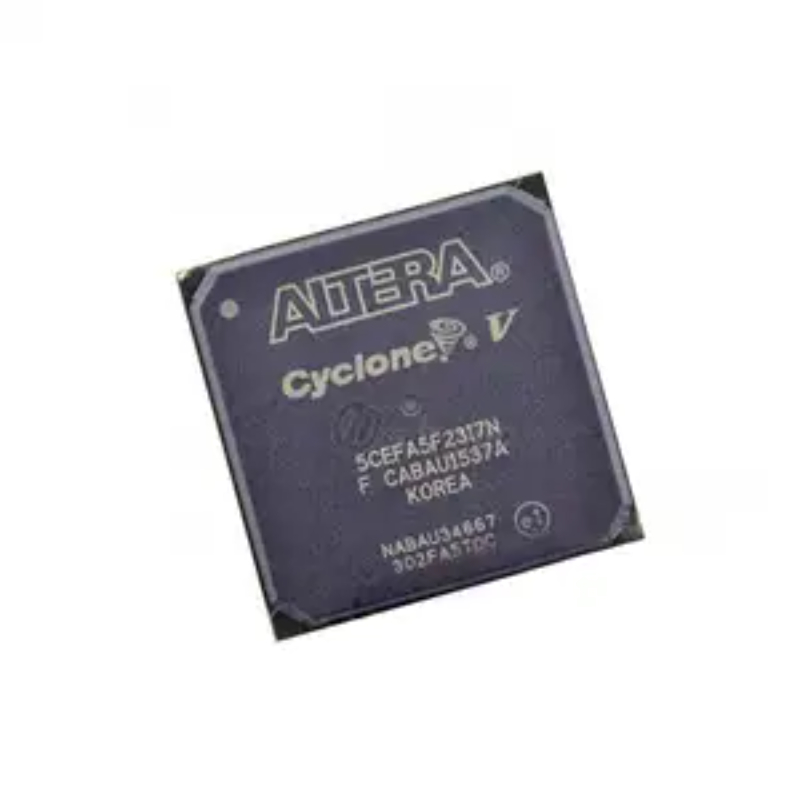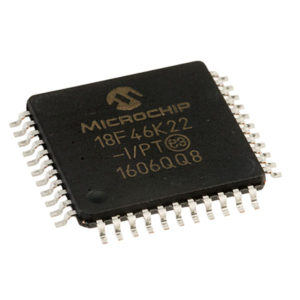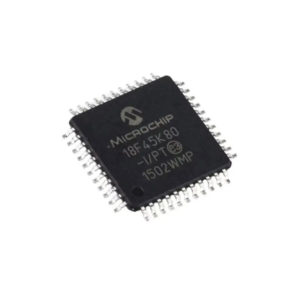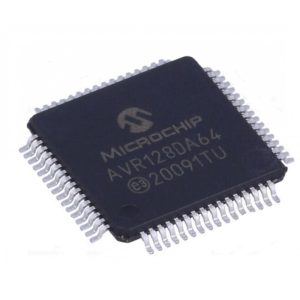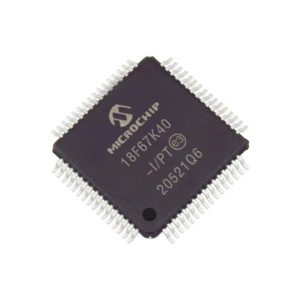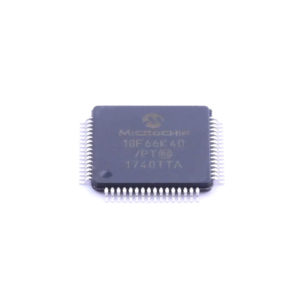5CEFA9F31I7N
| Manufacturer | Altera |
| Description | IC FPGA 480 I/O 896FBGA |
| Category | Integrated Circuit |
| Package | FBGA-896 |
| Status | New & original |
| Ship From | HK/SHENZHEN |
| Stocks | 10,000 |
Please submit your BOM List or Input the part online
Description
The 5CEFA9F31I7N is a specific model of FPGA (Field-Programmable Gate Array) from the Cyclone V family, manufactured by Intel (formerly Altera). Unfortunately, I couldn’t find specific details about this particular model in my training data, as my knowledge cutoff is in September 2021. It’s possible that this model was released after that date.
However, based on the naming convention used by Intel for their FPGA models, we can make some general assumptions. The “5CE” prefix suggests that it belongs to the Cyclone V series, which is known for its low-power and high-performance characteristics. The “A9” likely indicates that it features a dual-core ARM Cortex-A9 processor embedded within the FPGA fabric. The “F31” might refer to the number of logic elements and I/O pins, but without specific information, it’s difficult to determine the exact numbers.
In terms of applications, FPGAs from the Cyclone V family are typically used in a wide range of industries and domains. They can be employed in areas such as telecommunications, industrial automation, automotive, aerospace, and defense, among others. Some common application areas for Cyclone V FPGAs include:
1. High-Speed Data Processing: FPGAs offer the ability to process large amounts of data in real-time, making them suitable for applications that require high-speed data processing, such as network routers, switches, and data centers.
2. Image and Video Processing: FPGAs can be utilized for tasks like image and video processing, including tasks like image recognition, video encoding/decoding, and real-time video analytics. This can find applications in surveillance systems, medical imaging, and multimedia devices.
3. Embedded Systems: FPGAs are often used in embedded systems for tasks such as system control, sensor interfacing, and real-time data processing. They provide flexibility in implementing custom logic and can be tailored to meet the specific requirements of the embedded application.
4. Wireless Communication: FPGAs can be employed in wireless communication systems for tasks such as baseband processing, modulation/demodulation, and signal encoding/decoding. They can handle complex communication algorithms and high-speed data processing required in wireless protocols.
5. Test and Measurement Equipment: FPGAs are commonly used in test and measurement equipment for tasks such as data acquisition, signal generation, and protocol analysis. They offer flexibility in designing custom test scenarios, high-speed data processing, and real-time measurements.



















































